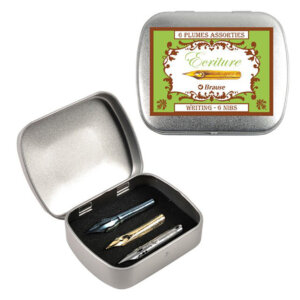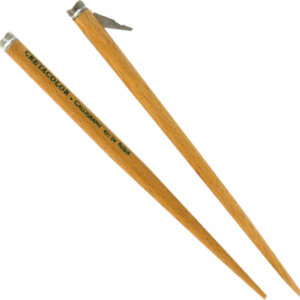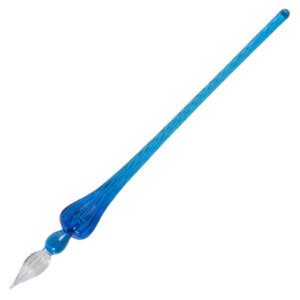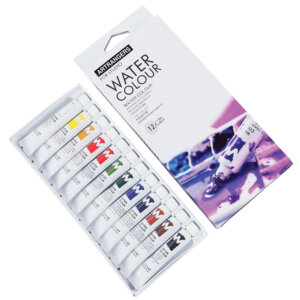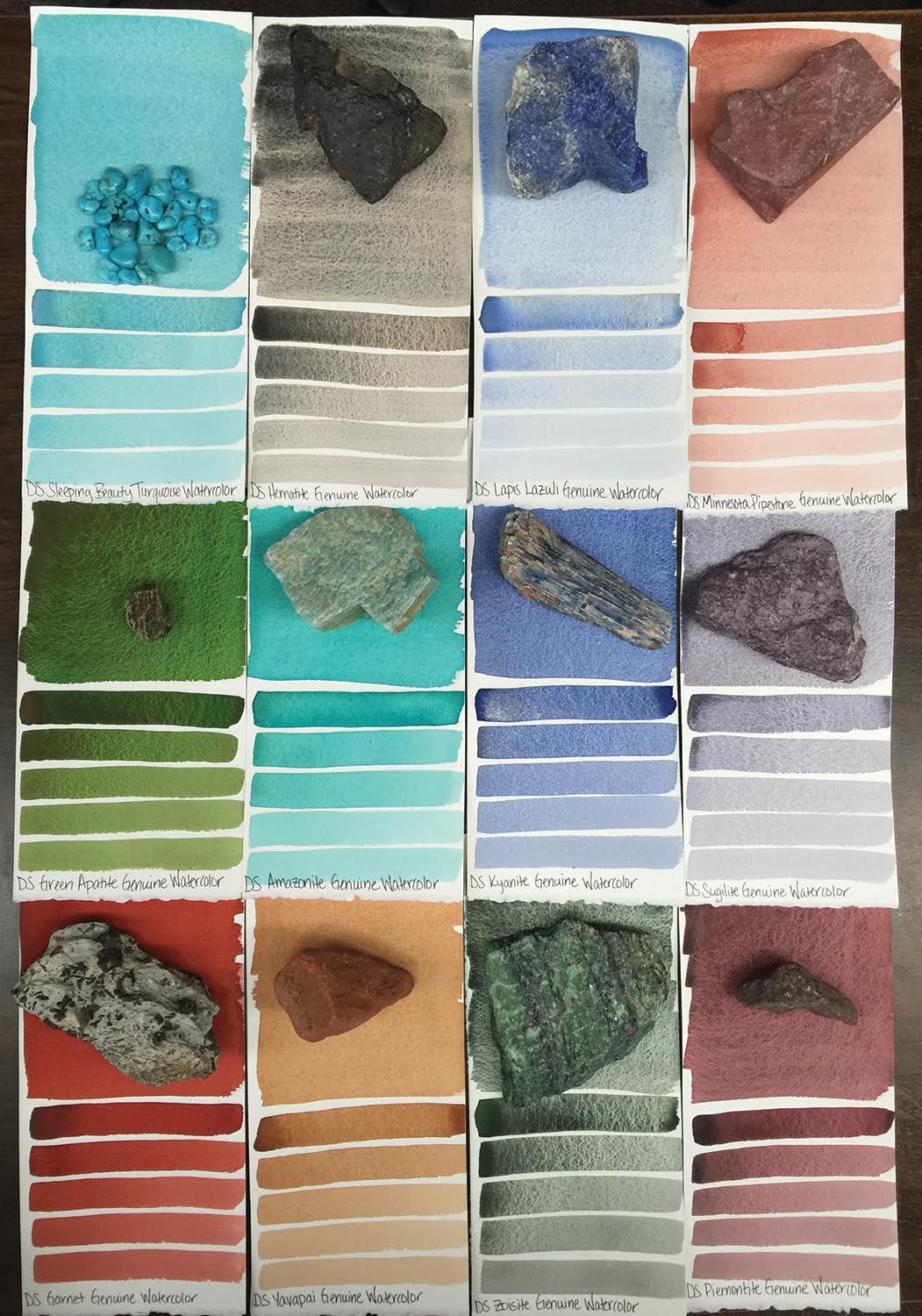
At the PaintBox we specialise in pigments and raw materials so it was of concern to us when customers raised concerns about the recent discussions on social media concerning the exact nature and source of pigments that are used to formulate Daniel Smith Primatek watercolour and the levels of lightfastness their colours possess. Our fellow artists are familiar with tests conducted on lightfastness ratings and pigment content of Primatek paints, and we understand that modifications may need to be carried out on mineral paints in order to guarantee consistency of colour from batch to batch, tube to tube. Social media comments indicate that there is a concern that the integrity of the Daniel Smith brand could be undermined if artists feel at all misled.
Daniel Smith has issued a thoughtful and transparent response in order to set the record straight, we expect this to be an ongoing conversation and it is refreshing to see concerns dealt with in this way. Daniel Smith has addressed the two issues of lightfastness and pigment content separately, and we explore them below.
Are Daniel Smith Watercolours Fully Lightfast?
Daniel Smith Chief Chemist Ronald W Harmon made this statement with regard to lightfastness ratings:
“ASTM is the American Standard of Testing Methods International. Member 31 years.
ASTM sets the standards by which paint is tested for lightfastness.
ASTM sets the tests and methods by which a product is tested. They leave the testing up to the manufacturer/industry.
Whether a paint will be a I, II, III or IV (ASTM D 4303 Lightfastness Specification) is determined by the pigment used in making it. This is especially true in watercolours. It is not possible, within the production of a watercolor, to make a fugitive color lightfast or a lightfast colour fugitive, or any combination of the Lightfastness I, II, III or IV (ASTM D 4303 Lightfastness Specification).
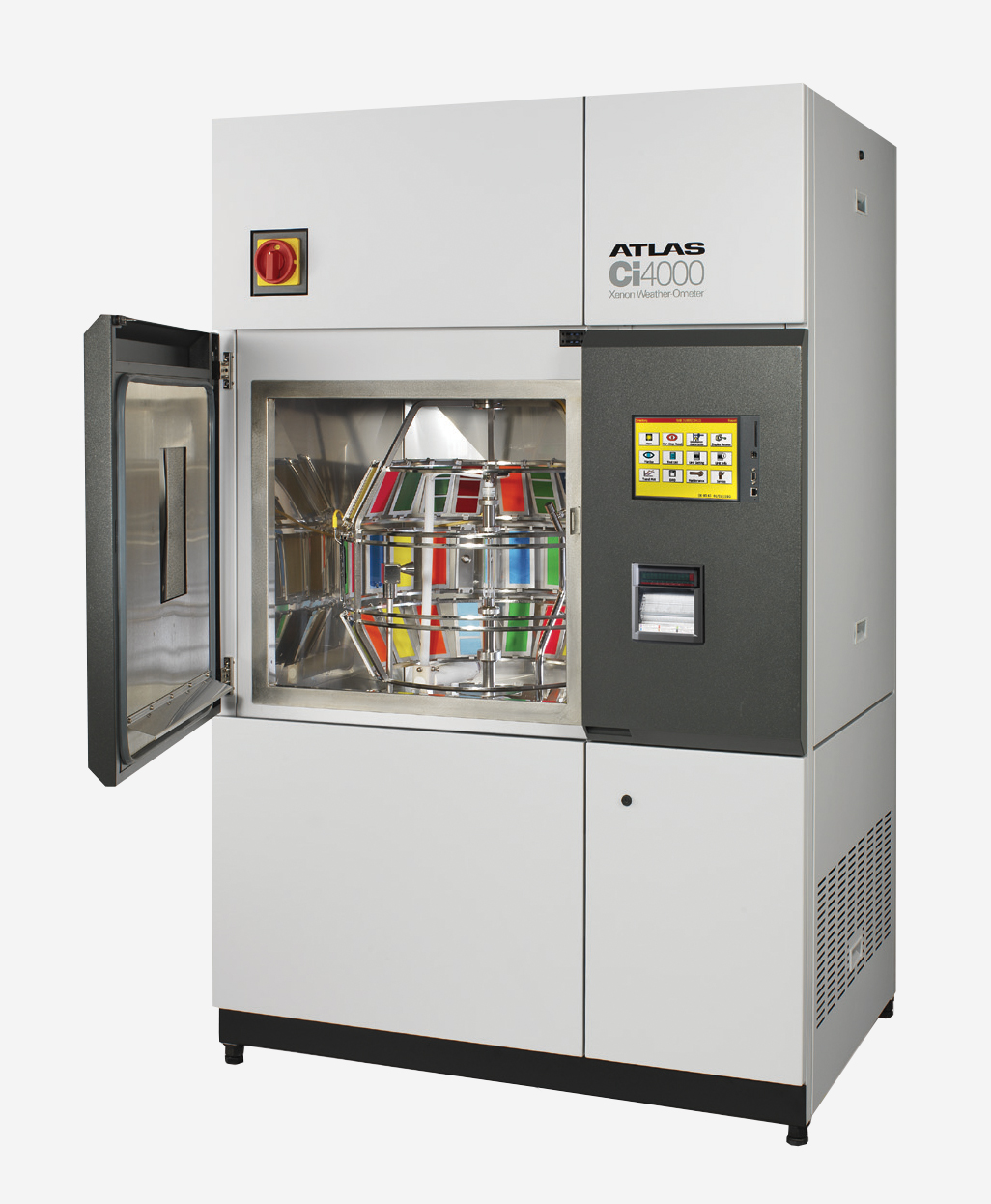
I start by purchasing pigment that is of the highest Lightfastness. I then test the material on our Xenon-fadeometer to assure the lightfastness that is listed by the manufacturer matches the lightfastness of our own test. I will not use any pigment that does not conform to our standards of Lightfastness. When I am assured that the lightfastness listed by the manufacturer and that of my own tests match, paint production begins.
There are only a handful of companies that own their own. Daniel Smith has one to assure we provide the best possible product.
If a material is not listed in the ASTM manual, then Daniel Smith lists it as NR – not rated. ASTM D 5067 for watercolors does not list all pigments used in industry. However, ASTM sets up the testing methods that I use in my laboratory. All our watercolors are permanent, having a Lightfast category of I or II, per ASTM D 4303, ASTM D 4286, and ASTM D 5067, except for Alizarin Crimson and Opera Pink Watercolors both having a Lightfast category of IV.
Not all pigment, while they may have the same color index name, are the same. To truly assure lightfastness a Xenon-fadeometer must be used. For example, Anthraquinoid Red is listed as a Lightfastness of III per the ASTM D 5067 Lightfastness Specification. However, the manufacturer of our Anthraquinoid Red has this as a Blue Wool test of 8 (Blue Wool 8 is considered Permanent or Lightfast and equates to ASTM D 5067 Lightfastness I). Please see a smaple manufacturers report below.
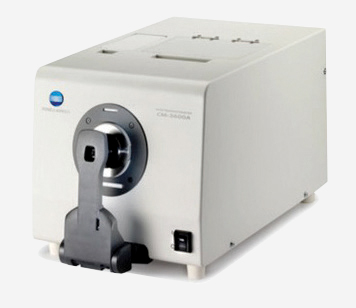
My test with our Xenon-fadeometer confirms Anthraquinoid Red from this pigment manufacturer is indeed Lightfastness I. I personally test every color that we sell with our Xenon-fadeometer.”
Do Primatek Watercolours Contain Synthetic Pigments?
John Cogley, owner of Daniel Smith has made the following statement:
“There has been a statement made that DANIEL SMITH PrimaTek watercolors are made from synthetic material. Let me answer this.
Daniel Smith PrimaTek Watercolors ARE made using natural minerals.
These minerals are sourced by Bruce Wood, our on staff Geologist. Each and every color in the PrimaTek line is made with the corresponding mineral listed on the label.
The label says Genuine. It IS genuine. It does not say 100% mineral only. This is NOT possible. The majority of any watercolor is a gum arabic solution, without which, you would not have a watercolor paint.
The way this is tested is by gas chromatography not looking through a microscope or polarized microscope.
The minerals we use in production are mineral massive – they are not mineral specimens. As such there are other elements in association with them – mica, quartz etc. This is the nature of a mineral massive. Minerals can change their constituency by their placement both vertically or horizontally in/on the earth and by what other elements they are associated with. In production we use the majority of the mineral massive and the elements in association with them.

Each PrimaTek mineral is different and is sourced from all over the world. There are some colors that, in our manufacturing process, are altered to assure the paint color is exactly as the tube before it. Not all mineral paint would be consistent without this step. Minerals are NOT consistent, it is their nature. This is a manufacturing process that is private and will not be shared. It DOES NOT take away that every single color is made with real mineral. Daniel Smith PrimaTek ARE made using minerals. ”

